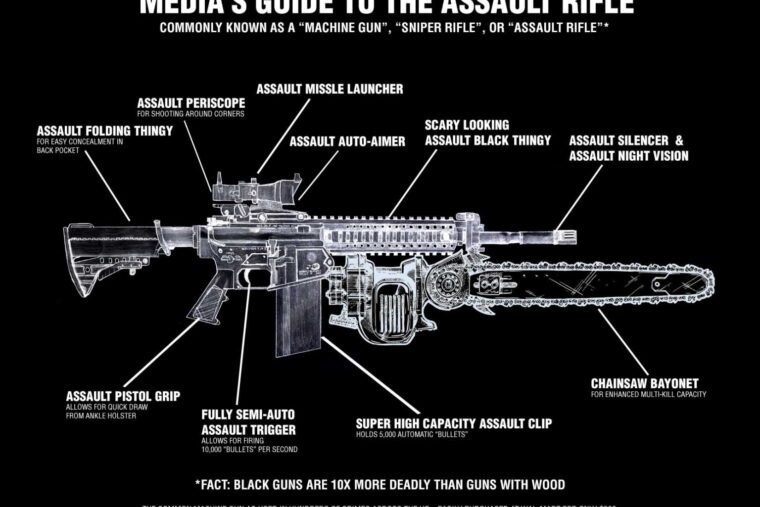The Supreme Court generally does not grant cert for cases unless they represent major constitutional issues, and until they are “ripe.” That usually means there is a clear split in opinion between federal circuit courts. Bianchi v Brown—full decision with conferences and dissents available here–a case about Maryland’s AR-15 ban, has set up such a split. Heller, McDonald and Bruen have made clear common and usual guns are presumptively constitutionally protected, but various lower courts continue to spit in the Supreme Court’s collective faces over Second Amendment Issues. Many leftist judges have grudgingly, and at least partially, ruled in favor or the Second Amendment, and they’ve noted their discomfort at having to follow the Constitution in their decisions.
This case may provide sufficient controversy for the court to grant cert and finally decide whether America’s most popular—common and usual—rifle, the AR-15 family, is constitutional. It’s certainly long past time for the Court to more fully define the boundaries of the Second Amendment. In the meantime, allow me please, gentle readers, to examine the 4thCircuit’s reasoning:
We have described the AR-15’s capacities in abundant detail to demonstrate just how far outside the animating purposes of the Second Amendment this weapon lies. While we know that the AR-15 thrives in combat, mass murder, and overpowering police, appellants have failed to demonstrate that the weapon is suitable for self-defense. This is likely because such a showing would be difficult to make. Indeed, many of the weapon’s combat-functional features make it ill-suited for the vast majority of self-defense situations in which civilians find themselves.
By Mike McDaniel



